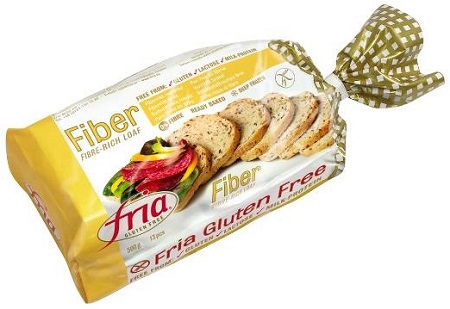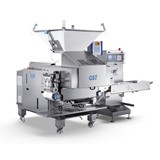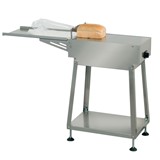This does vary regionally, however, rising to over 75 per cent in the USA and Australia and 70 per cent in Latin America; but falling to less than 30 per cent in the non-traditional bread markets in Asia.
"As a result of the growing influence of health claims regulations, particularly in the EU and North America, the functional bread sector has generally seen much lower levels of new product and promotional activity over the past few years," said Lu Ann Williams, Director of Innovation at Innova Market Insights.
"This does not mean that interest in healthier options has reduced, however, but more that the positioning of bread has changed to focus more on a generally healthy and nutritious image, rather than making specific claims."
Innova Market Insights divides health claims and positioning into two types: passive, such as low and light, organic, gluten-free etc; and active, which involve the addition of particular ingredients, such as calcium, protein, fibre etc, or the promotion of specific benefits such as heart health or digestive health.
Globally, passive claims dominated in the bread market, with over 40 per cent of launches using them in 2013, compared with just 5 per cent using active claims of some kind. Again this varies regionally, with over 11 per cent of launches using active claims in the USA, compared with 6 per cent in Asia and 3 per cent in Europe.
The most popular health claims in the bread market overall referred to naturalness, with one-fifth of 2103 launches using one or more claims relating to naturalness, an additive- or preservative-free formulation or an organic positioning.
Nearly 17 per cent used either high-in-/source-of-fibre claims or a wholegrain positioning. In terms of active health claims, usage was much lower, with the most frequently used being vitamin and mineral fortification, featuring on 1.5 per cent of launches, ahead of omega 3/DHA fortification and heart health, with about 1 per cent each.
The US, with its mature and highly competitive market looking for differentiation and its ongoing consumer interest in health, had an even higher level of interest.
Over one-third of tracked launches used claims relating to naturalness and a similar percentage utilised fibre/wholegrain claims.
USA consumers continue to focus on healthier breads, fortified with healthful ingredients or featuring reduced levels of sodium, sugar and fat. Wholegrain products have continued to grow in popularity and the use of ancient grains is also continuing to increase.





